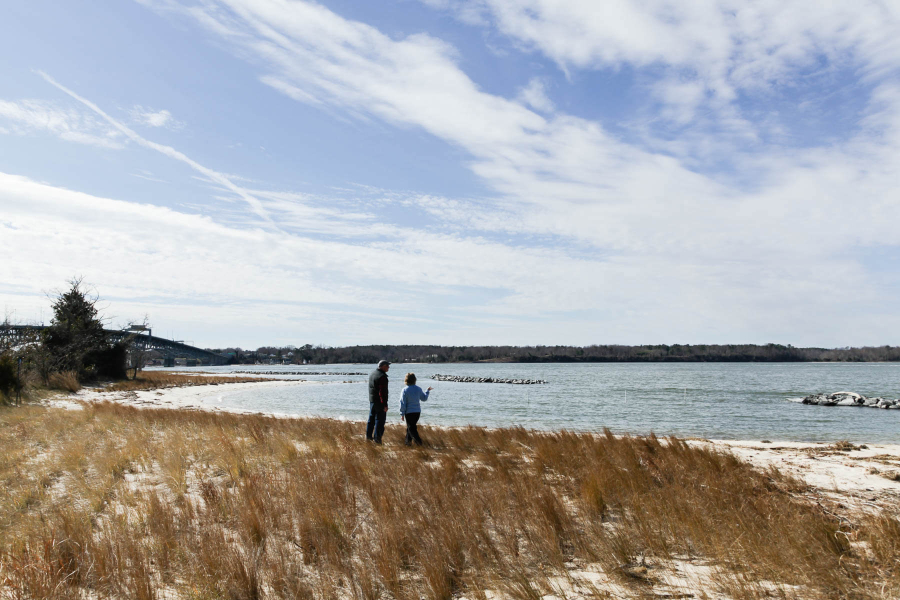Living shorelines protect habitat and human property
Headland breakwaters at the Virginia Institute of Marine Science serve practical purposes for wildlife and residents.

Headland breakwaters at the Virginia Institute of Marine Science serve practical purposes for wildlife and residents.

Comments
Shoreline erosion can be a major problem, not only in terms of property loss, but also as a source of pollution (sediment) discharge into the rivers and ultimately the Chesapeake Bay. The living shorelines strategy was introduced years ago as an alternative to traditional methods such as bulkheads, riprap, and bank grading. Unfortunately, in many cases, plantings alone, without the benefits of breakwater structures, were not successful. Congratulations to VIMS for demonstrating the integrated design--and successful implementation of the living shoreline concept!
Great photo essay of the great work accomplished by Scott and Karen at VIMS! Very impressive results!
This is great info for waterfront homeowners and prospective waterfront buyers. My company (Sun Wild) has been involved in several projects like this and have seen dramatic results. Scott Haschen (Waters Edge) grows Spartina and other wetland plants local to Easton, Md. He is a great asset to the waterfront planting community. We use him for all our living shoreline plantings.
Thank you!
Your comment has been received. Before it can be published, the comment will be reviewed by our team to ensure it adheres with our rules of engagement.
Back to recent stories